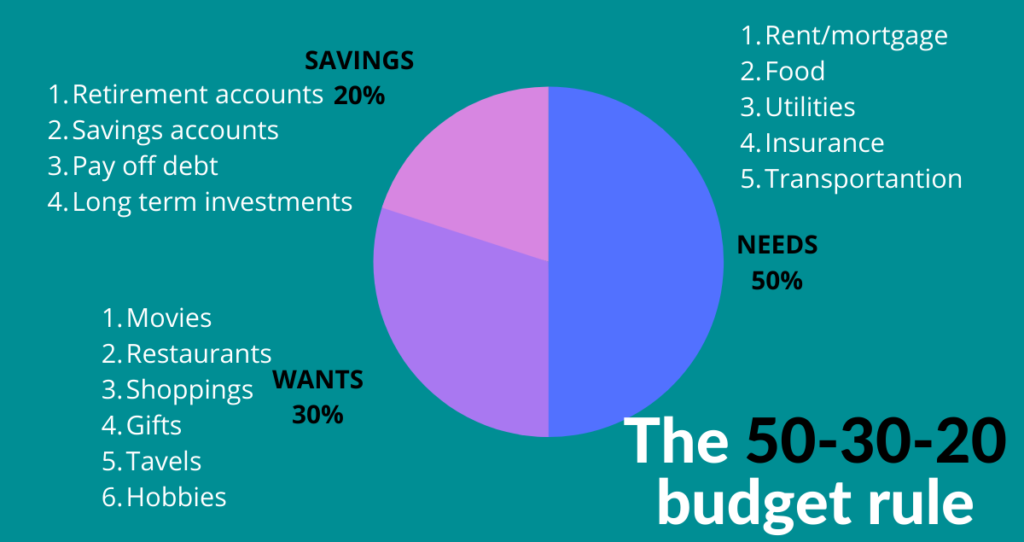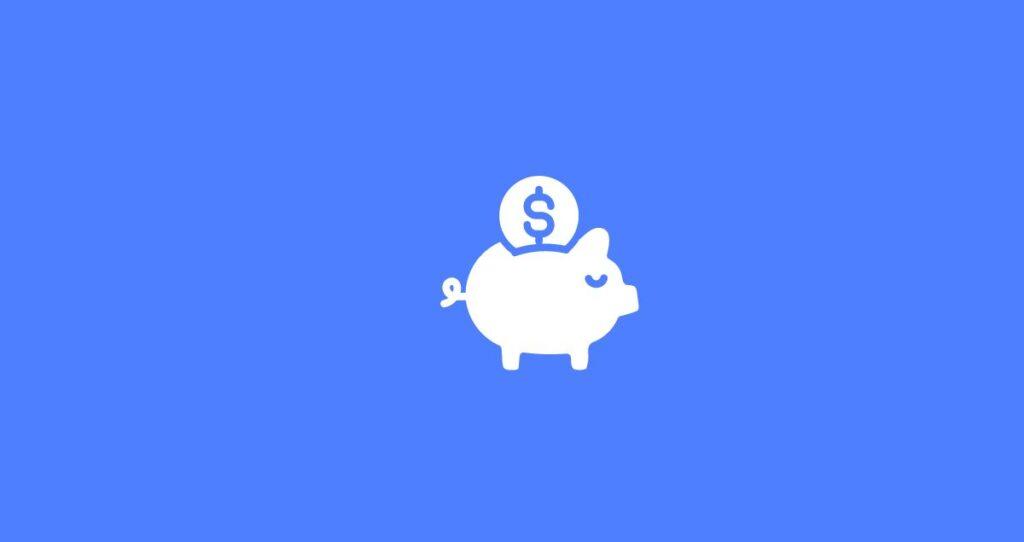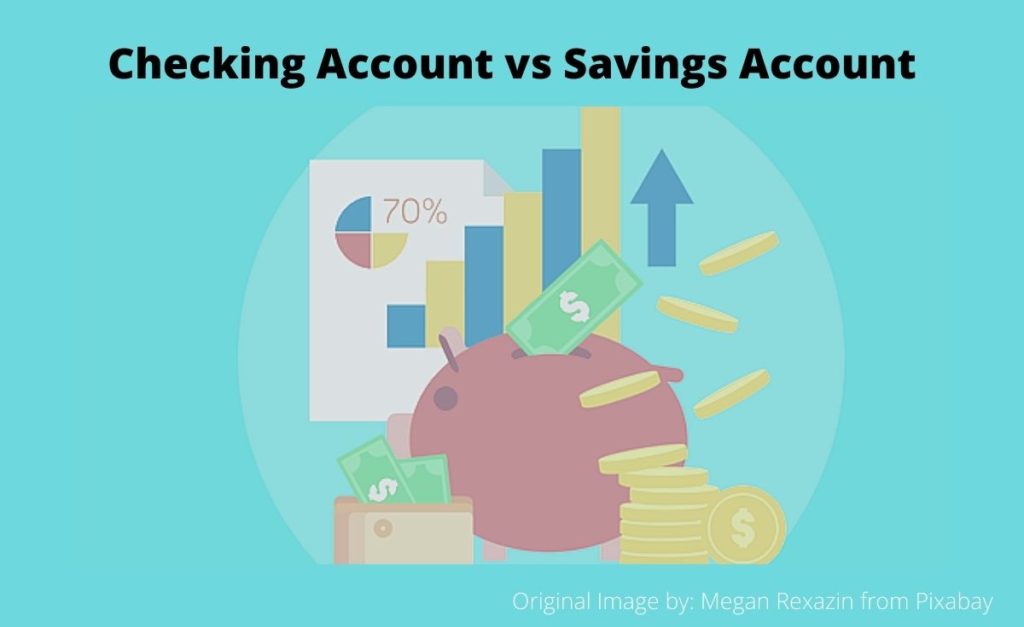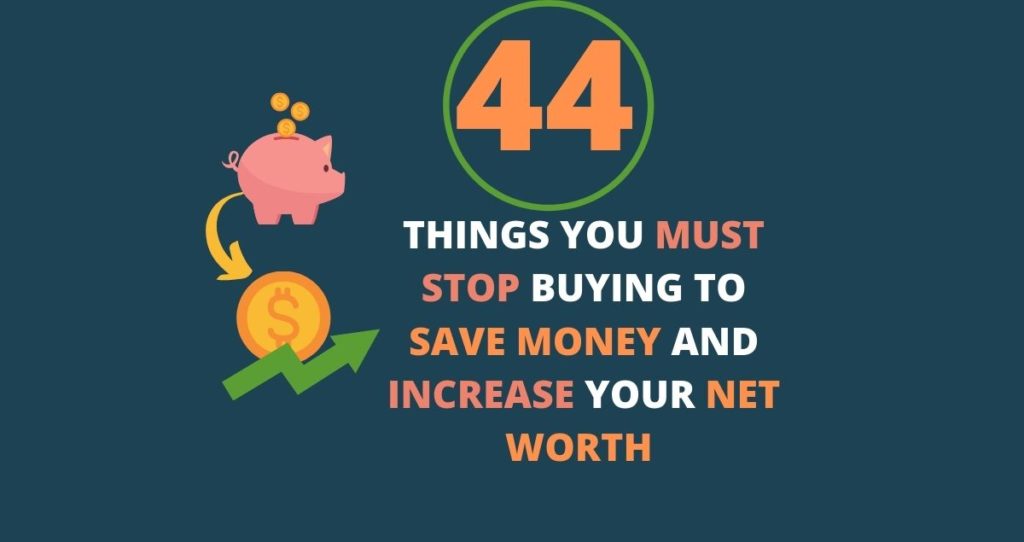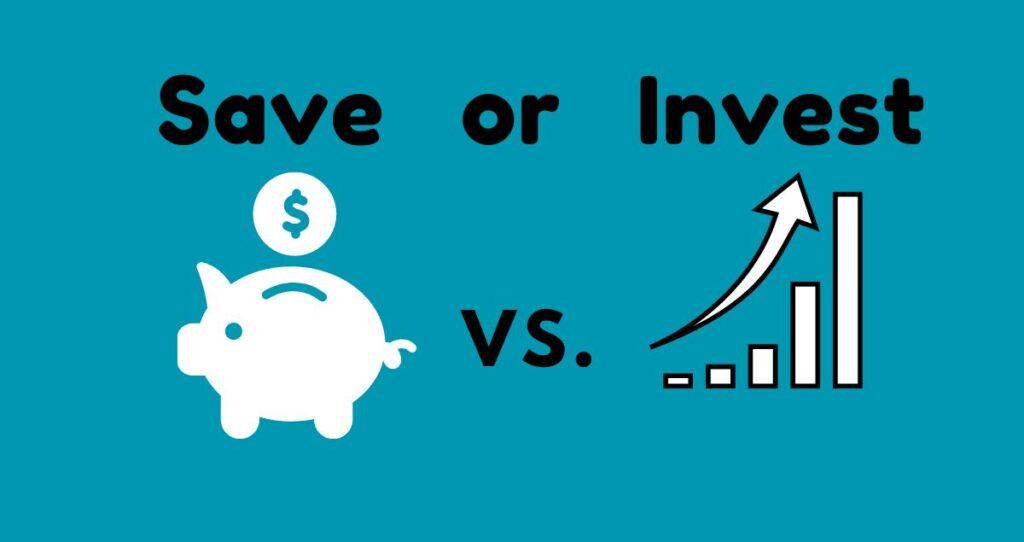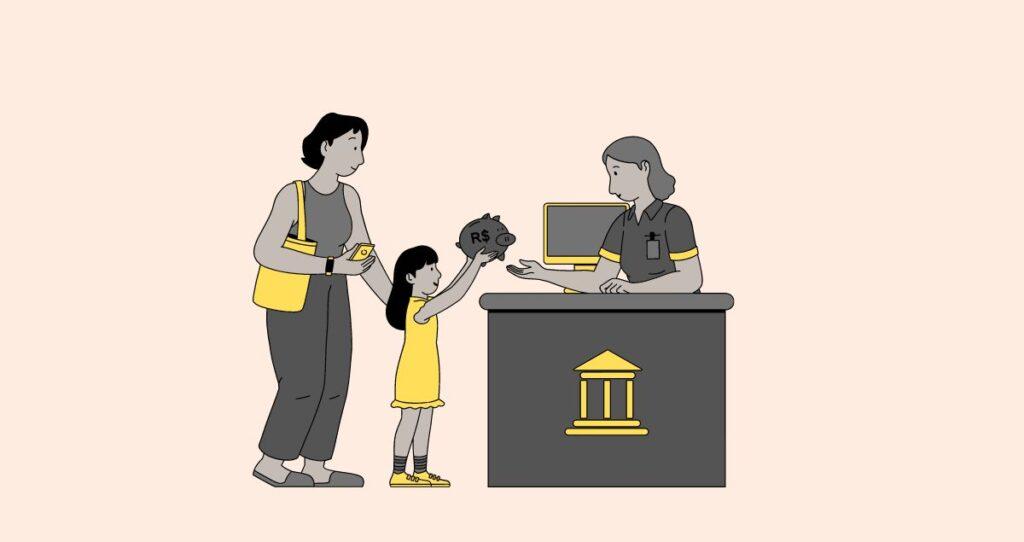Making a personal budget can help you save money, reduce unnecessary expenses, reach your saving goals, and improve your financial situation. Even if you live paycheck to paycheck, you must make a personal budget, as it can help you strengthen your financial decisions and avoid further financial pitfalls.
If you are new to budgeting or are unsure how to make a budget, you might feel overwhelmed by the numbers. Creating a budget, however, is very easy when you follow the right budgeting strategies. That is why I put this quick budgeting guide together to help you get started and show you how to use a budget to improve your financial situation.
Why do many people don’t budget?
Millions of consumers struggle financially because they don’t create a budget and those who do fail to stick to their budgets. The reason people don’t budget differs from one person to another. A recent survey from Credit.com sheds some light on why millions don’t budget.
According to a recent survey from Credit.com, about 27% of Americans think they don’t need a budget, while 24% think they will not stick to it. Additionally, 10% don’t feel like making a budget, 15% don’t want to feel restricted by a budget, and 10% don’t know how to get started.
While creating a budget is essential in personal finance, you must stick to it. Otherwise, it will not help you achieve the financial results you desire. Lack of budgeting and failure to stick to a budget are leading causes of financial struggles. Without budgeting, many people work hard only to waste their money on necessary expenses, resulting in a paycheck-to-paycheck lifestyle.
According to a recent Market Watch survey, 48.6% of Americans consider themselves broke, while 66.2% feel they are living paycheck to paycheck despite the average annual salary of $61,659. These statistics highlight the importance of budgeting and why the lack of a budget can easily make it harder to achieve your financial goals.
If you are reading this article, it proves you want to take control of your finances using a budget. So, let’s dive right into making a budget step by step.
How to make a personal budget?
In the following paragraphs, I will show you how easy it is to make a simple budget that can change your life. Even if you think you don’t make enough money, a budget can help you cut back on unnecessary expenses and increase your savings, and I will show you how to do it.
Without further ado, here is how to make a personal budget step by step.
1. Establish financial goals
Budgeting is not just putting numbers in an Excel sheet. It is more about understanding your financial goals and aligning your financial decisions toward those goals. That is why you must establish financial goals to make a personal budget that works. Your goals are what makes everything work.
While you can have a wide range of financial goals, your goals should have significant meaning. Start by thinking about your future. Where do you want to be in the future? Who do you want to be? Sending your kids to school could be your goal. Do you want to travel the rest of your life once you are financially independent? Or you want to retire early, buy a dream home, or open a business.
Example of goal setting using SMART goal setting strategy
The best way to set goals is to use the SMART strategy, which stands for Specific, Measurable, Achievable, Relevant, and Time-based. For example, let’s say you decided to pay off $12,000 in credit card debt in 12 months by allocating $1,000 each month toward your debt instead of putting money into a savings account. You also intend to start by January and finish by December. This financial goal is a good example of a SMART goal-setting strategy.
- Specific. The goal is clear and well-defined because you want to eliminate $12,000 of credit card debt.
- Measurable. Your specific goal can be tracked, as you will pay $1,000 monthly for 12 months.
- Achievable. This goal is attainable because it is not rocket science to eliminate $12k in debt within 12 months.
- Relevantt. This goal aligns with your life purpose as none intended to struggle in debt for the rest of their lives.
- Time-based. This goal is time-bound as you will start your payments in January and complete your goals after 12 months.
If your goals are ready, let’s move to the next step of making a personal budget.
2. Find a budgeting tool to use
You need to use the proper tools to create a personal budget that works. As you add everything together, you might find it challenging to keep everything neat and organized. If you prefer the old-school method, you can still write down your budget on paper or use Excel.
Another alternative is to use online budgeting apps and websites, such as YNAB, PocketGuard, Honeydue, Goodbudget, SoFi Insights, and Spreadsheets. You just need to find one that works and stick to it.
3. Calculate your total income(net income) from all sources
The third step to making a personal budget is calculating your total income from all sources. However, the income you will use in this case will be your net income, which is your take-home after all taxes and deductions. You should never use a gross income when making a personal budget, as it will lead to inaccurate calculations. For example, tax is part of your gross income but goes directly to the government. So, if you use your gross income, you will be tempted to think that you will make more money, which might lead to overspending.
The following is a list of common expenses deducted from your gross income before you get a paycheck.
- 401 K contributions
- Taxes(Federal and State)
- Social Security
- Health savings account(HSA) contribution
- Health insurance contribution
After these deductions, the remaining amount will be your net income, which you will use to create your budget.
Most people have one source of income from their full-time jobs. However, you may also have incomes different from other sources, such as investments, side hustles, and capital gains.
The following is a list of common sources of income that you can use on your budget.
- Wages
- Bonus
- Interest
- Capital gains
- Dividends
- Loyalty
List all these incomes in one column in your budget and calculate their total. What you get after these calculations is your total income.
3. List all your expenses
The next step in making a personal budget is knowing where you spend your money. How much do you spend every week, month, and year? This step involves calculating all expenses you encounter, whether big or small.
But where do you start calculating your expenses when you want to make a personal budget? Start with your most expensive expenses, such as rent/mortgage, food, etc.
The following is a list of everyday expenses that most households have. Remember that you may have more or less than the expenses listed below.
- Rent(if you are renting)
- Mortgage (if you have a house that is not fully paid off)
- Loan payment (for cars and other assets)
- Food (drinks, restaurants, cigarettes, alcohol, etc.)
- Entertainment (movies, online subscriptions, newspapers, etc.)
- Kids toys
- Car insurance, gas, car maintenance
- Shopping (clothes, jewelry, etc)
- Cell phone expenses
- Internet & TV
- Miscellaneous
Ensure all expenses are listed in your budget. Many people ignore small expenses, thinking they are useless. The truth is that small expenses compound into huge expenses over time. Even small expenses, such as vending machine purchases, should be recorded. Otherwise, your budget will be inaccurate. For example, spending $6 on Starbucks daily will cost you $2,190 annually. So, ensure all expenses are listed in your budget.
5. Make the budget
You have gathered all your income and expenses to ensure you have all the needed data to make a budget. Now, it is time to make the actual budget by entering all the numbers in the budgeting tool of your choice.
Please use the following basic budget sample as a reference.

Your budget does not have to be complicated. However, depending on your income and expenses, it can involve many calculations. The budgeting sample above shows what you should expect when you make a personal budget. As you can see, I have listed all my expenses and total income and calculated total income and expenses to give me an idea of how much I am making and where every penny is being spent.
In other words, I am making $5,500 a month and spending $5,000/mo, leaving me with a $500 savings.
6. Reduce expenses and increase your savings
Once you have your budget written down, you can move to the next step in making a personal budget: boosting your savings. From the example above, you can see that I am saving only $500 every month. What if I want to save more money every month? I can easily achieve this goal by cutting back some of my expenses.
The best way to lower expenses and save money using a budget is to understand your needs and wants and then cut back on your wants. A want is something I can be OK without, such as an expensive phone, pricy shoes, entertainment subscription, etc. On the other hand, a need is essential, such as food, rent, insurance, etc.
For example, I spend $200 on entertainment, which might be too much, especially if I want to save more money. I aim to eliminate 75% of my entertainment expenses, saving me $150. My monthly shopping is also too high. I can lower my shopping expenses from $500 to $200 to save more money. That will save me an extra $300. By now, my budget allowed me to save an additional $450/mo.
With these small changes in my budget, I increased my monthly savings from $500 to $950. Given what I have listed in my budget, there is still room for more savings, should I need to.
Related: The 50-30-20 budget rule and how to apply it
7. Adjust your budget
Making a personal budget is the first step in managing your finances. Making a budget, however, is not enough to ensure long-term financial sustainability. You still need to make routine adjustments to your budget as needed to reach your financial goals. Your budget will grow or shrink over time. Did you get a raise or a promotion at your job? This information can be updated in your budget to ensure you get the most out of it.
If you lose your job, it could be wise to reduce your expenses in proportion to your remaining income.
Having no income means you must slash your expenses until you have secured another job. Canceling entertainment subscriptions like movies, newspapers, cables, etc. could be a good starting point.
Benefits of making a budget
Many people don’t make a personal budget simply because they don’t know why it is needed. But if you are having trouble with your expenses or want to know where you stand financially, making a personal budget will be essential to understanding your situation.
If you are unsure why you must make a personal budget, the following benefits of budgeting might help you decide.
- A personal budget will help determine whether you earn enough to cover your expenses and savings needs.
- A personal budget helps you manage your expenses. Knowing how much you make and spend is essential to understanding your financial situation. This will give you control of your finances and help you make better short-term and long-term financial decisions.
- A personal budget will show you where to cut expenses. Before you reduce costs, you must know where the money is being spent. For example, you could decide to spend less on entertainment after figuring out that you are spending too much on entertainment.
- A personal budget allows you to achieve your financial goals faster.
- People who budget are less likely to mess financially
Disadvantages of creating a budget
Budgeting is an excellent way to start your financial independence journey. However, you must make some sacrifices to achieve this goal.
The following are a few of the disadvantages of making a budget.
- Making tough decisions. Budgeting will help you understand precisely where you stand financially. You may end up making tough money decisions to turn your finances around. For example, you might need to give up movies after figuring out that you are spending more on entertainment.
- Innacuare calculations. Even if you are making a personal budget, there is a chance that your calculations will contain inaccurate information. This will lead to wrong conclusions and bad money decisions.
- You may need more time to achieve your goals than you previously anticipated. The time required to achieve your goals will depend on how much money you allocate. It could take longer to reach your goals than you previously anticipated.
How do you make a budget when you are poor?
Poor people usually assume they don’t need a budget. But no matter how low your income is, you can still make a budget that allows you to live within your means and improve your expenses.
If you are poor and want to make a personal budget, here are tips to make it happen.
- Understand that you need to work within your means. This strategy lets you list every expense and prevents you from leaving anything to chance.
- Next, audit your monthly income and expenditures. Record expenses, from rent and utilities to meals, transportation, and miscellaneous items. This step will help you identify where your money is going and areas where you can cut back. You should also list all your incomes to give you a general idea of how much you are earning.
- Separate your needs and wants. You can’t do without needs like rent, groceries, and utilities. On the other hand, Wants are expenses that you can minimize or even completely eliminate if necessary. Eating out, entertainment and non-essential purchases can all be eliminated.
- Create a budget based on your income and expenditure. Allocate your money to your needs first; if there’s anything left, you can distribute it among your wants.
- Stick to your budget and review it regularly to ensure it’s working. You can constantly adjust as needed. Free budgeting tools available online can help you manage your finances.
- Increase your income. An extra income will allow you to improve your financial situation. Consider finding a part-time job, selling items you don’t need, or freelancing within your skills and abilities.
What is the 50-30-20 budget rule?
The 50/30/20 budget rule is a simple and practical financial strategy for managing personal finances. According to this rule, 50% of your after-tax income should be dedicated to necessities such as housing, food, utilities, and healthcare. Then, 30% could be allocated to lifestyle wants such as entertainment, dining out, gym memberships, and other non-essential expenditures. The remaining 20% should be directed towards financial goals such as savings, debt payments, or investments.

